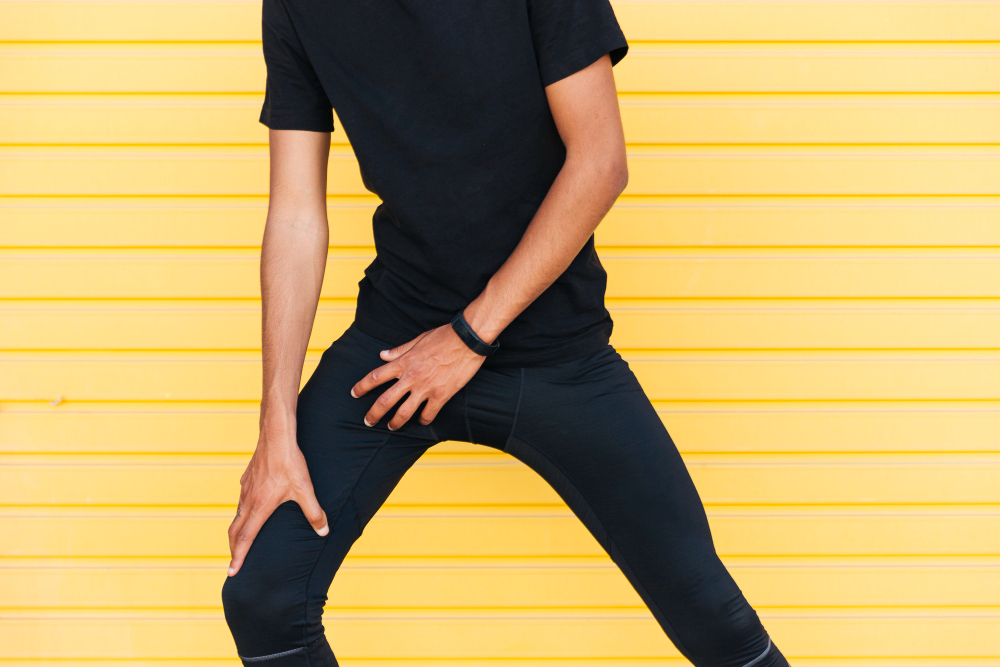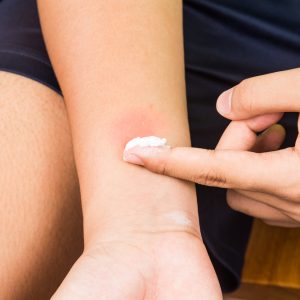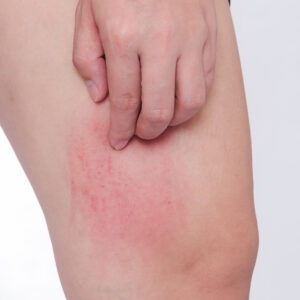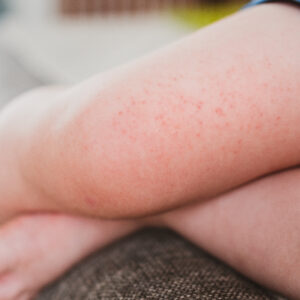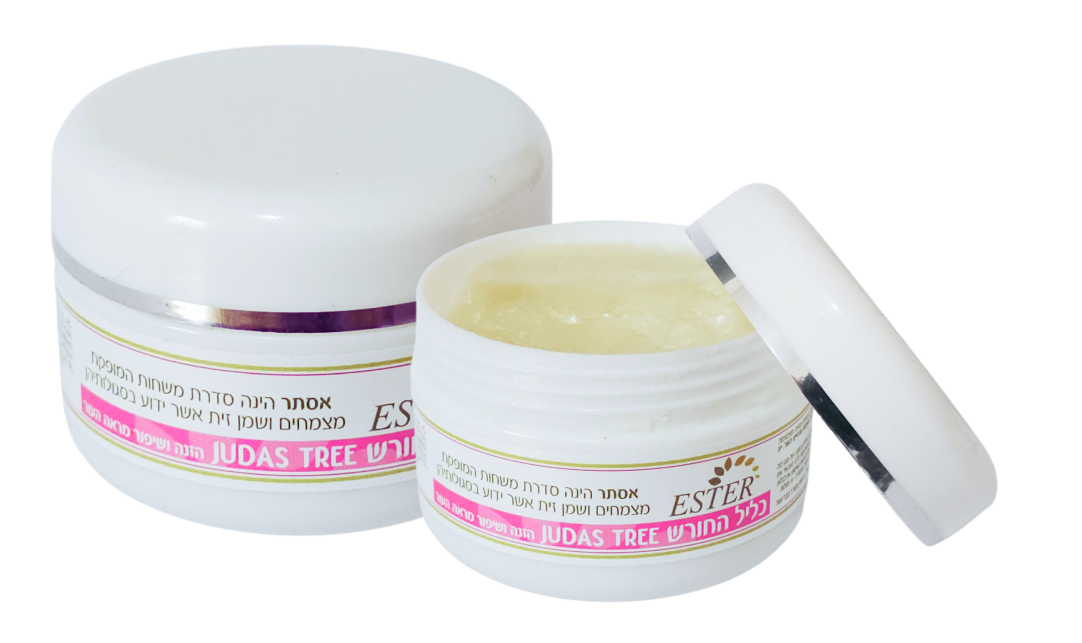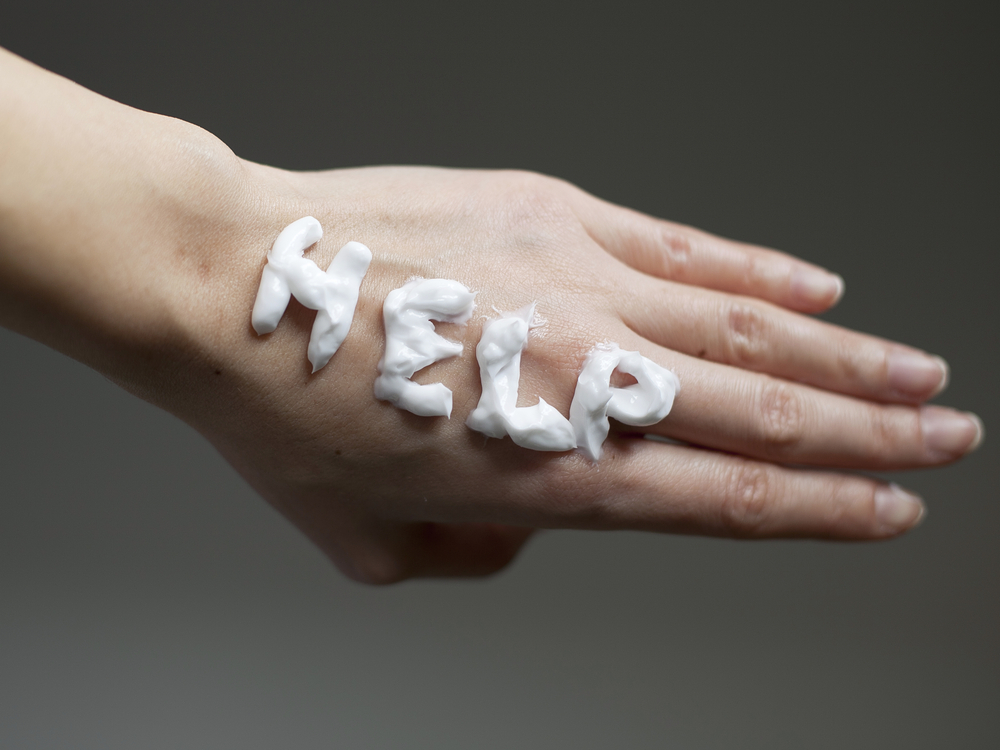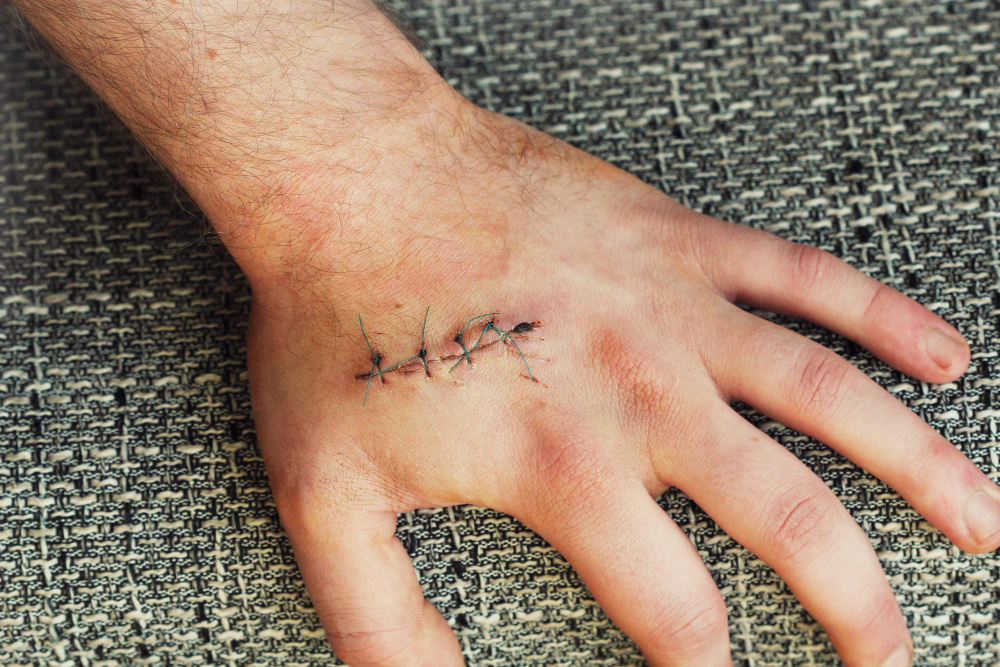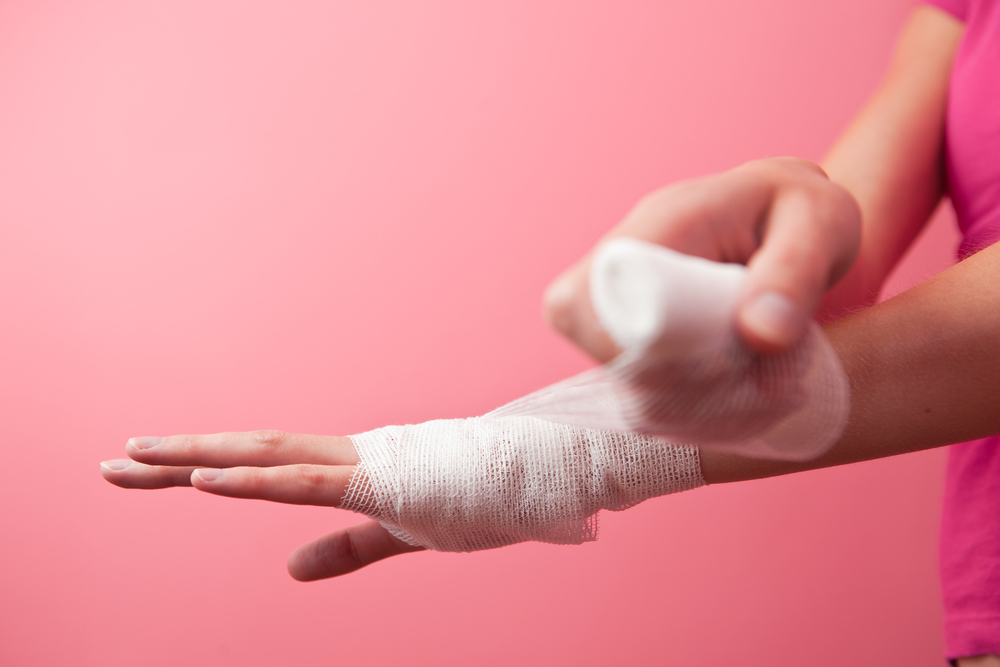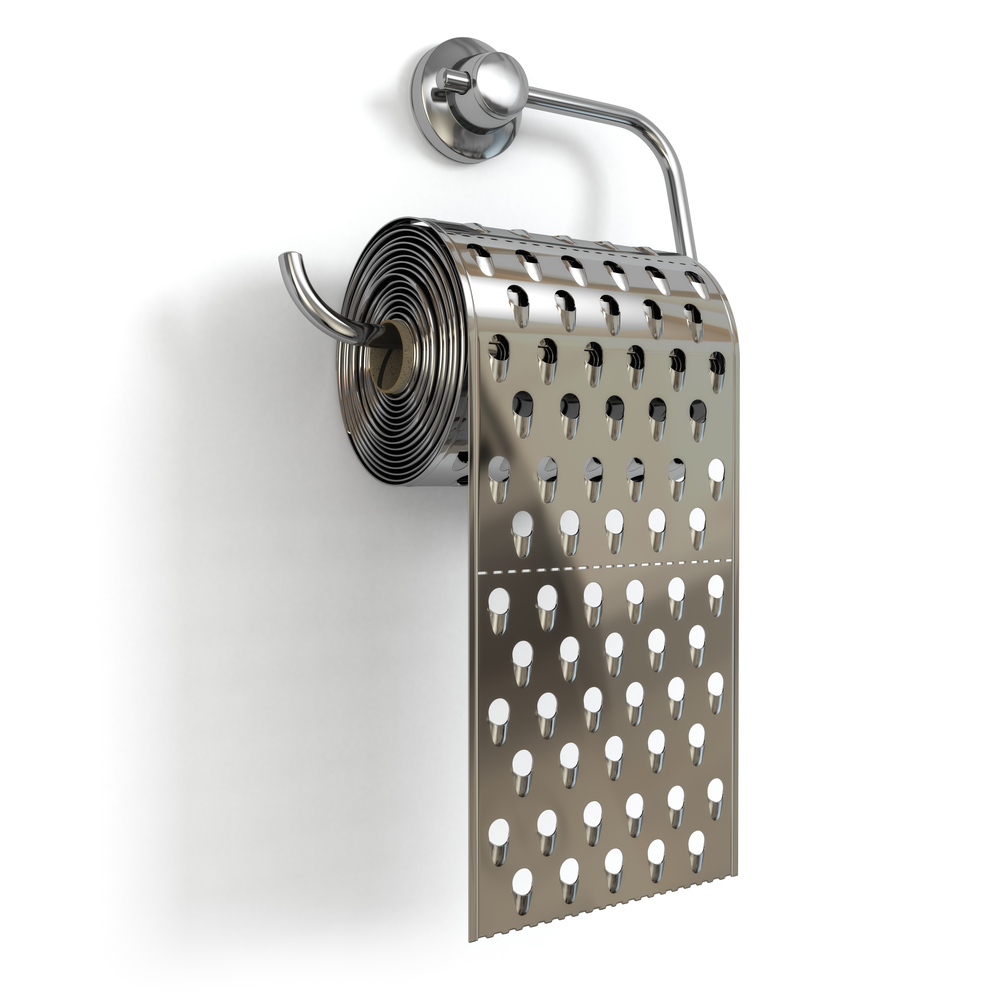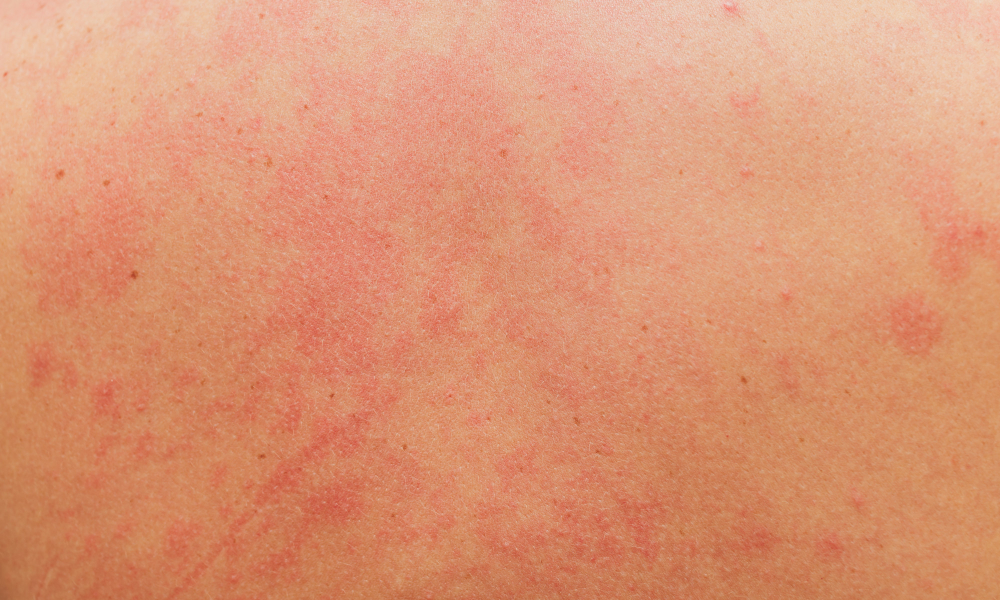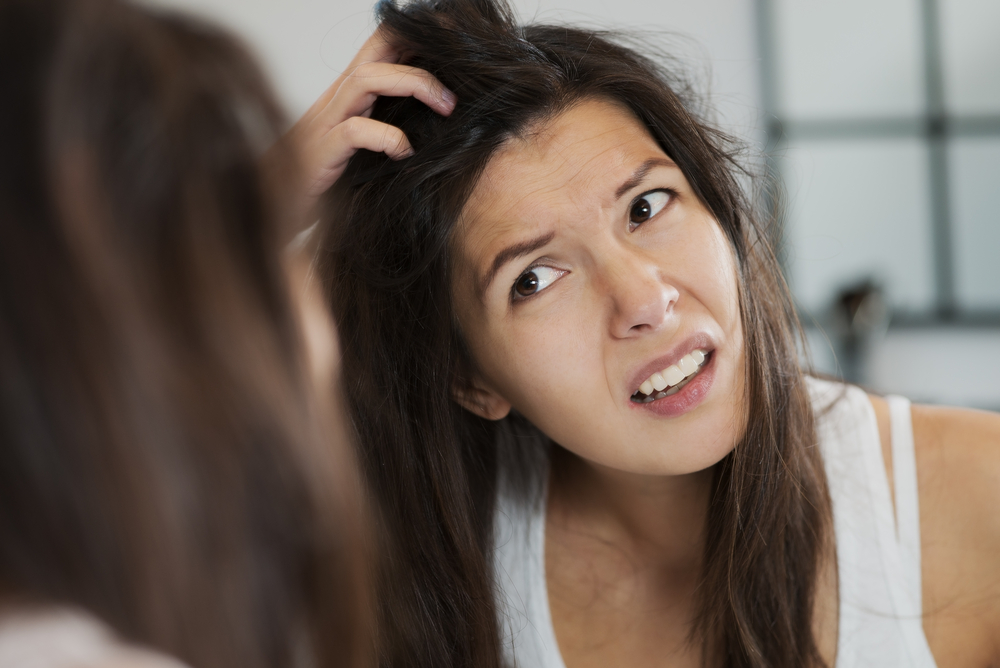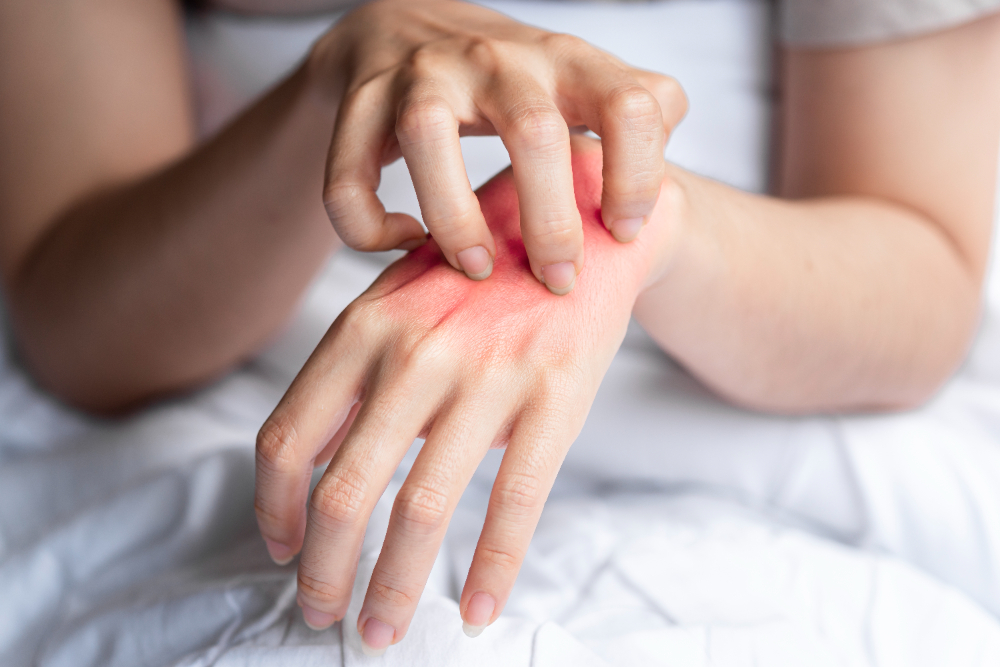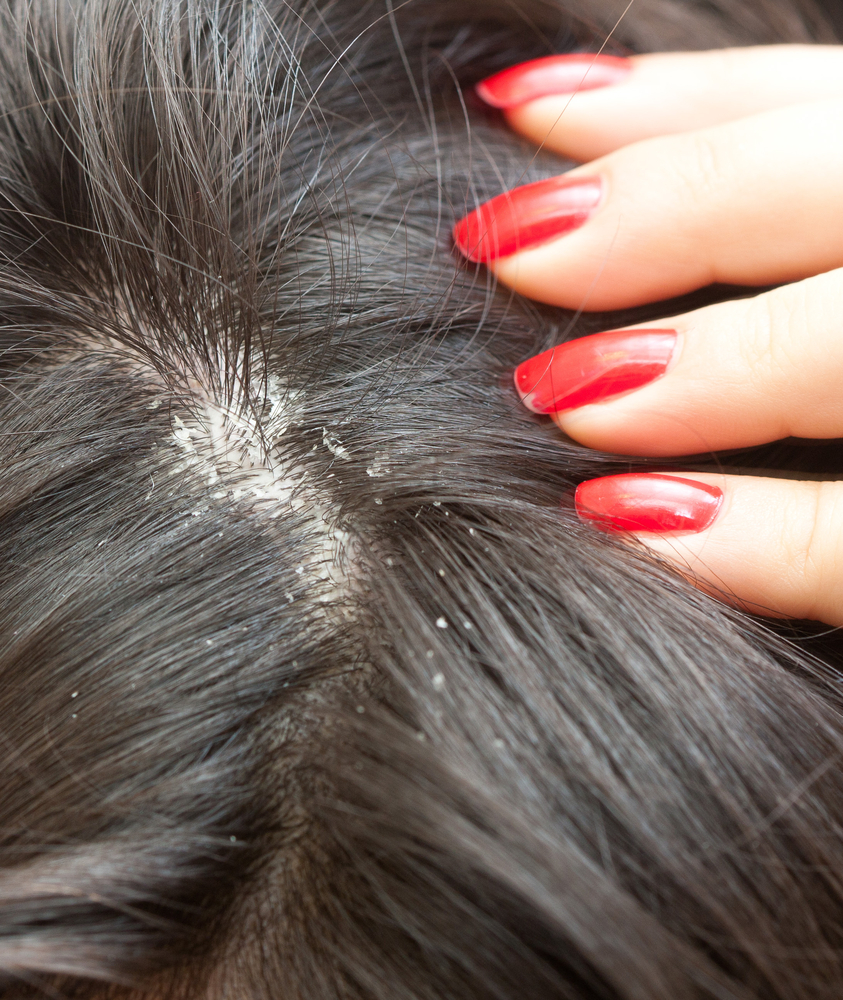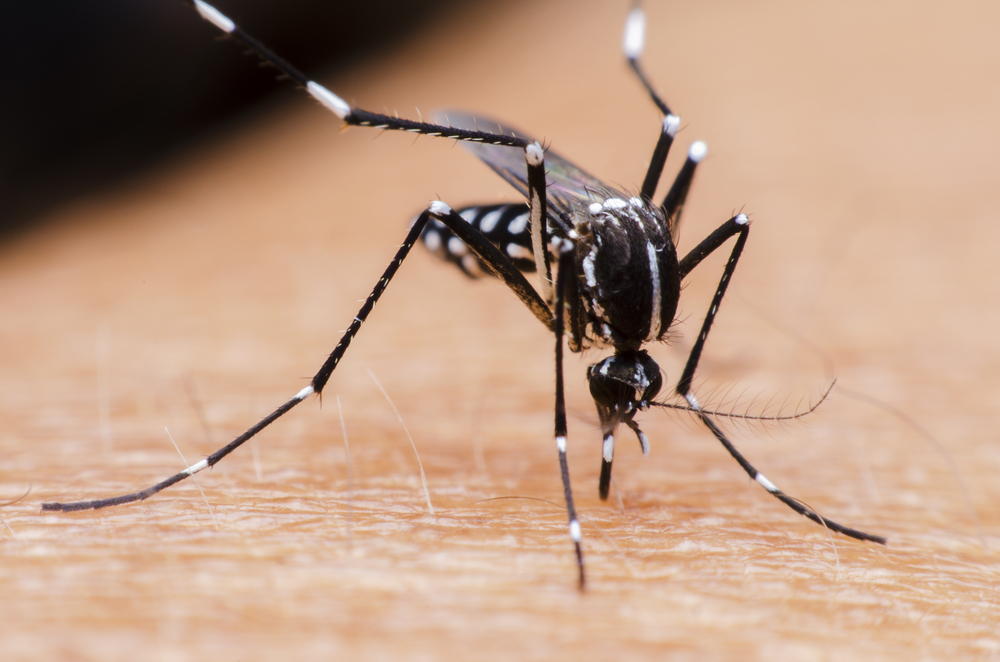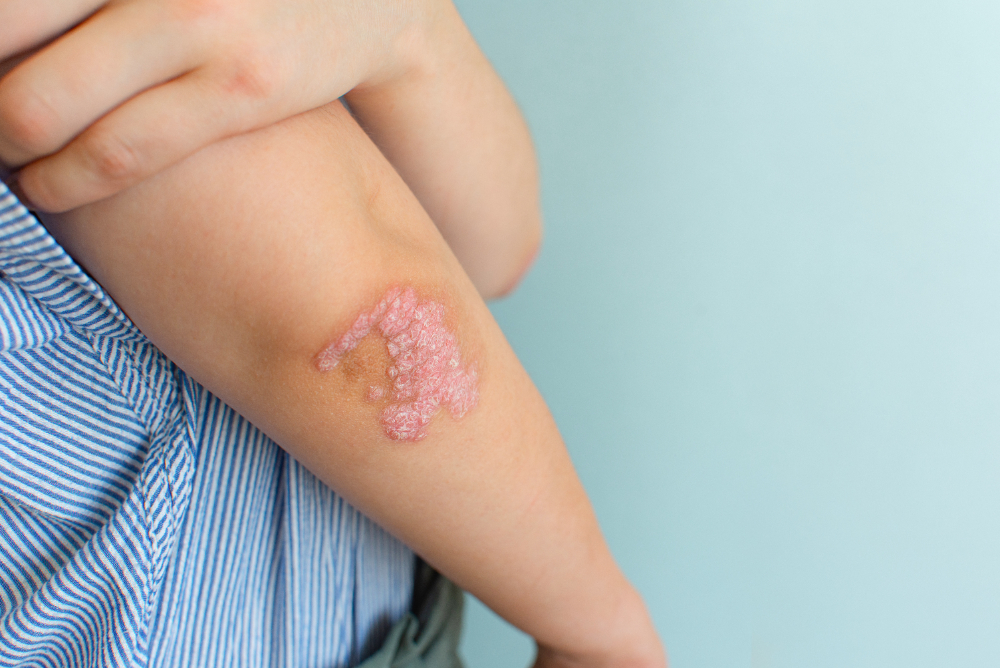What Causes Chafing?
Chafing on the body can be caused by a number of factors, including: continuous friction between body parts and clothing, excessive sweating, high acidity or extreme dryness of the skin, poor hygiene, and hot and humid weather conditions. Contrary to popular belief, chafing in the groin or any other part of the body does not go away on its own — it requires treatment using anti-chafing ointments or other medical products.
How to Treat Chafing?
Before diving into recommended chafing treatments, it’s important to identify the populations most at risk of developing chafing, based on the affected areas:
- Groin chafing – This type is most common among elderly individuals using adult diapers. The combination of moisture, urine, and sweating increases the likelihood of chafing in the groin area.
- Chafing between the thighs – Common among soldiers and athletes, where heat and moisture from physical activity combined with tight or non-breathable clothing can cause chafing in this sensitive area.
- Underarm chafing – Typically affects people who suffer from excessive sweating. The friction between the upper arm and the underarm area raises moisture levels and encourages bacterial penetration, leading to chafing.
Additionally, pregnant women may experience chafing, especially on the inner thighs or between the chest and belly, due to increased abdominal size during pregnancy.
Anti-Chafing Ointment
One of the most effective treatments for body chafing is applying an anti-chafing ointment with antibacterial properties. These ointments are applied to areas prone to chafing, and individuals in high-risk groups are advised to use them regularly and consistently.
In more severe cases, additional treatment may be required beyond ointments. This can include oral medications, which are available by prescription only after a dermatologist has assessed the condition of the skin.
In addition to conventional treatments, there are also complementary remedies such as aromatic oils — including tea tree oil, jojoba, sea buckthorn, and others — which can be applied locally after a therapeutic bath or added directly to bathwater for soaking.
Treatment with Judas Tree Ointment
Chafing can also be treated by applying Judas Tree ointment to the affected area. This natural balm helps soothe irritated skin and promote healing, making it a beneficial option for those dealing with chafing.
Examples
